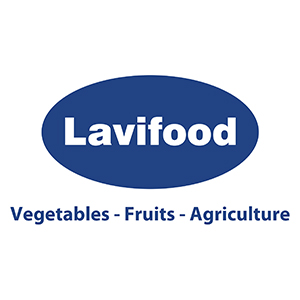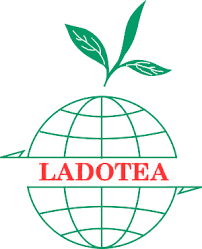- Giới thiệu
- Nhóm Công tác
- Tin tức
- Thông tin về FTA
- Tài Liệu
- Sự kiện
- Liên hệ
Over 29,000 hectares of rice in the Mekong Delta are at risk of saline intrusion
The Department of Water Resources (MARD) reported that approximately 29,260 hectares of rice in the Mekong Delta were at risk of salinity damage.

Farmers sowed this portion of the late winter-spring crop over the planned schedule. The Department of Water Resources reports that the Mekong Delta is currently experiencing its highest salinity level during the dry season of 2023-2024. This trend is projected to continue until the end of the dry season, which is anticipated to occur around April to May of this year.
At the present moment, an estimated 29,260 hectares of rice are susceptible to the detrimental effects of saline intrusion. This region is included in the one where farming is discouraged after January 15. In particular, the following areas are measured by area: 1,400 hectares in Tien Giang, 2,500 hectares in Ben Tre, 13,000 hectares in Tra Vinh, 6,000 hectares in Soc Trang, and 6,360 hectares in Ca Mau.
The Mekong Delta region has cultivated rice on an area of 1.499 million hectares for the winter-spring harvest of 2023-2024, 99.98% of the original plan of 1.5 million hectares. As of now, an estimated 575,000 hectares have been harvested, which includes the complete area that was sown in early October and November 2023 to prevent saline intrusion.
The construction of the Nguyen Tan Thanh sluice gate in Tien Giang province has been expedited in response to saline intrusion. This structure will aid in the prevention of saltwater intrusion, the retention of freshwater, and the safeguarding of agricultural production across an area of around 12,580 hectares.
According to the Department of Water Resources, elevated salinity levels are likely to occur between March 7 and 13, as well as March 24 and 28. It is anticipated that the maximal salinity intrusion depth at the branch mouths of the Mekong River, where the salinity level is 4g/l, will range from 50 to 65 kilometers.
During periods of high tide, salinity intrusion impacts the water intake of irrigation works situated at a distance of 50-60 kilometers from the coast. It is anticipated that the Vam Co Dong and Vam Co Tay rivers will attain their maximum salinity level of 4g/l between 80 and 85 kilometers, 11 to 15 kilometers higher than the previous maximum levels recorded at the onset of the dry season.
During days with high tide, salinity intrusion also affects the water intake of irrigation works situated within 75 kilometers or less of the coast.
Preparing for these predictions, the Department of Water Resources advises municipalities to augment their surveillance and prediction of salinity intrusion into water sources to coordinate suitable responses. Residents are still advised by local authorities not to cultivate rice in regions susceptible to salinity intrusion and to wait for a stable water supply and adequate rainfall before planting rice
Tin liên quan
PSAV Attends the 30th Anniversary Celebration of Cargill Vietnam2025/10/23
Plant health management helps increase coffee yield up to 15%2025/10/16
An Giang to host 2025 OCOP forum for sustainable development2025/09/25
Viet Nam and France foster cooperation on blue economy and sustainable environment2025/09/29



 Điều lệ hoạt động
Điều lệ hoạt động



















































